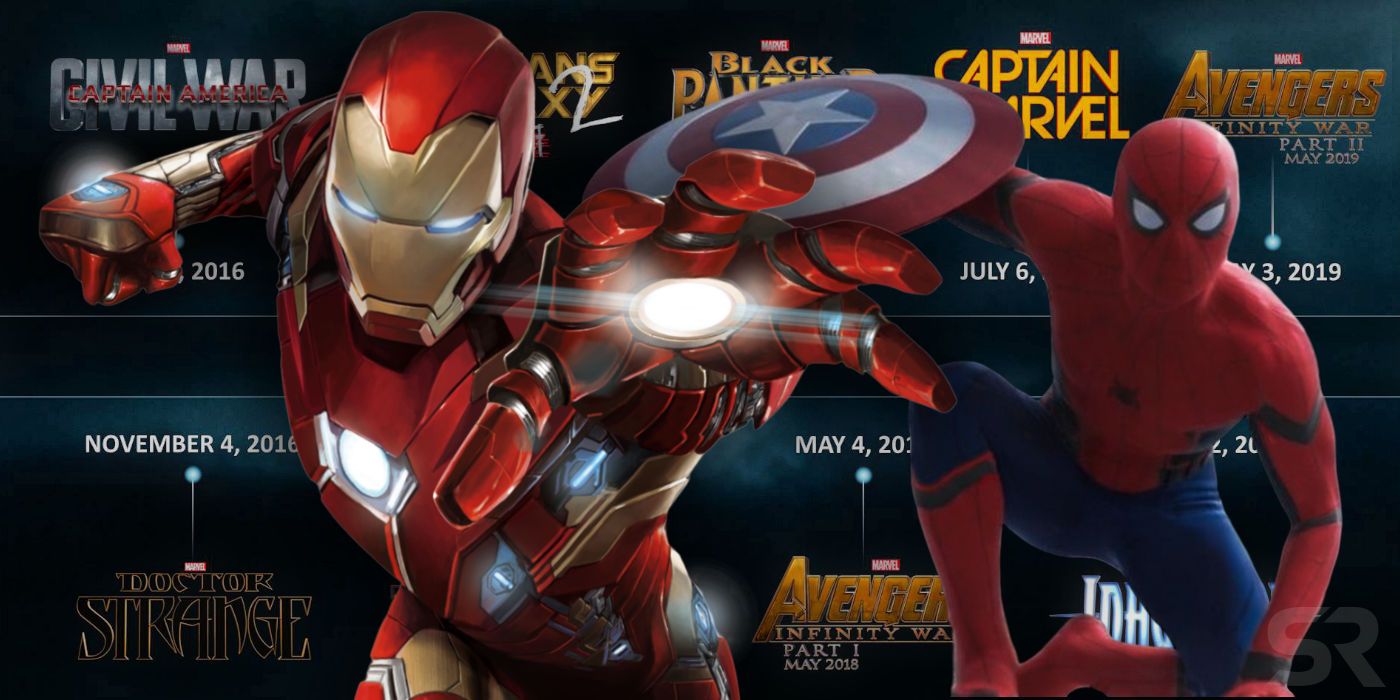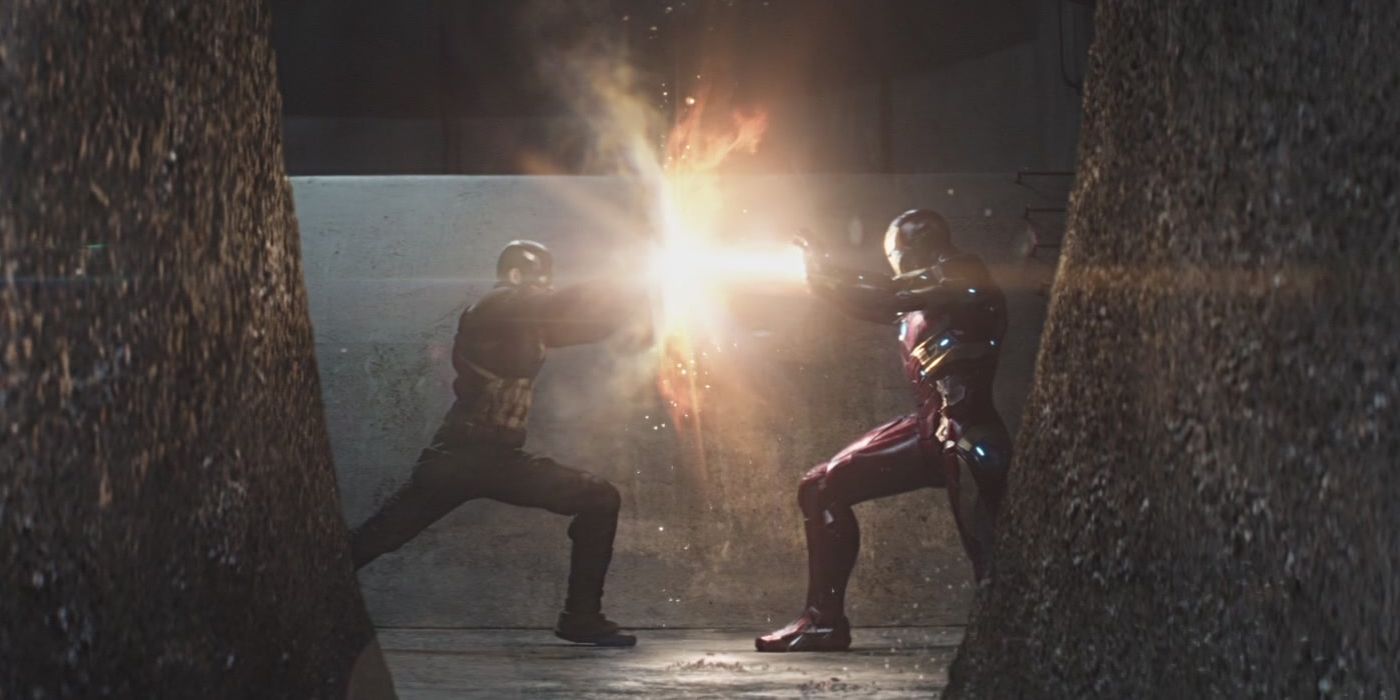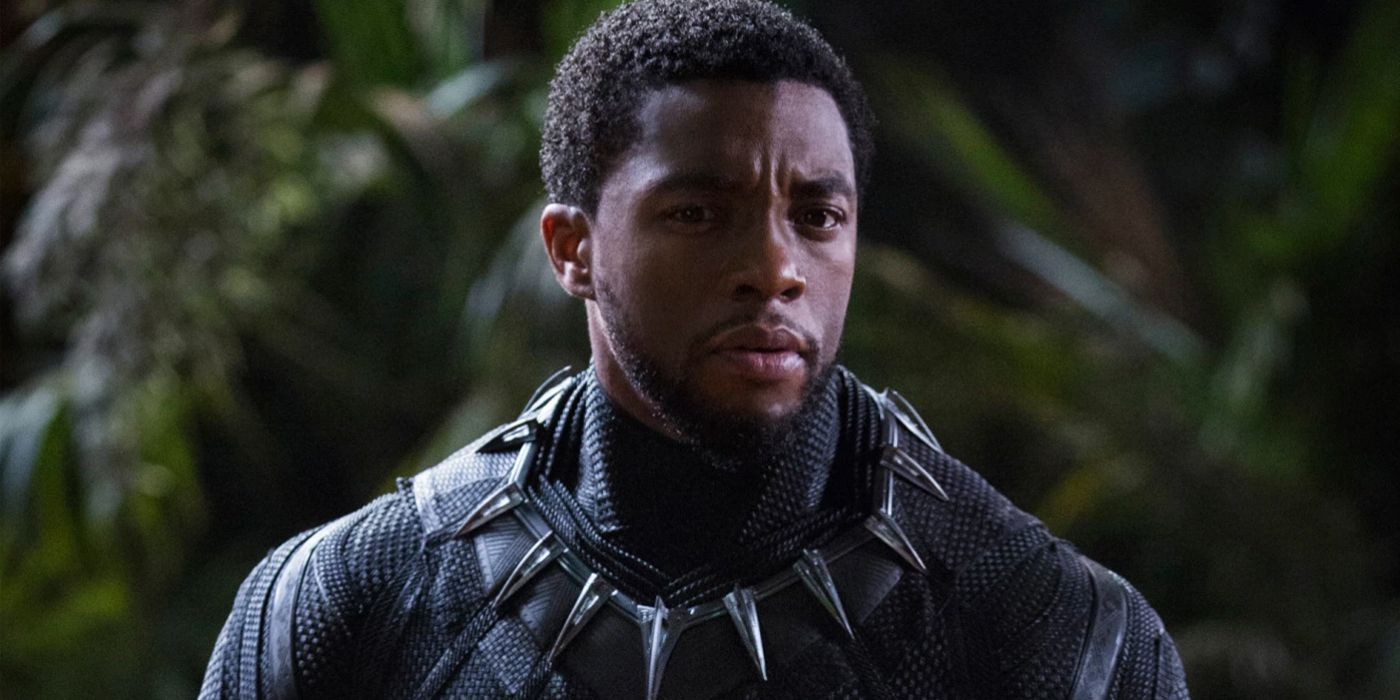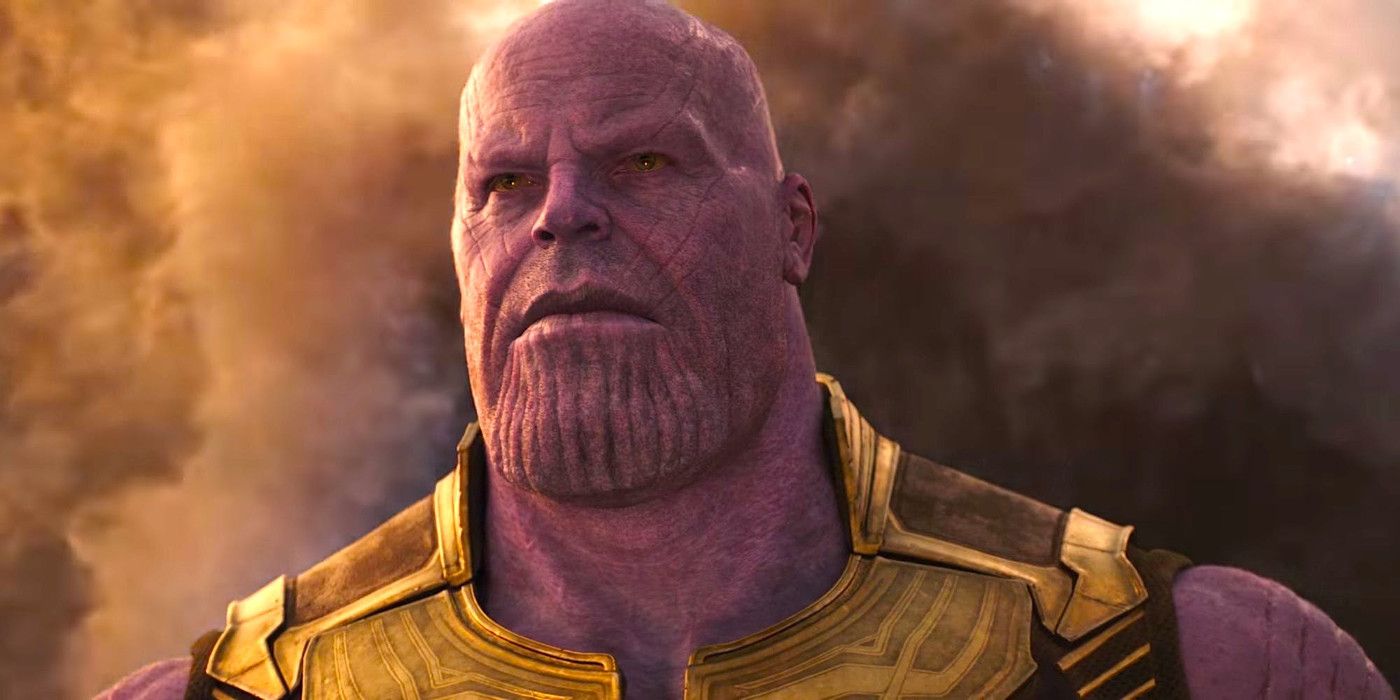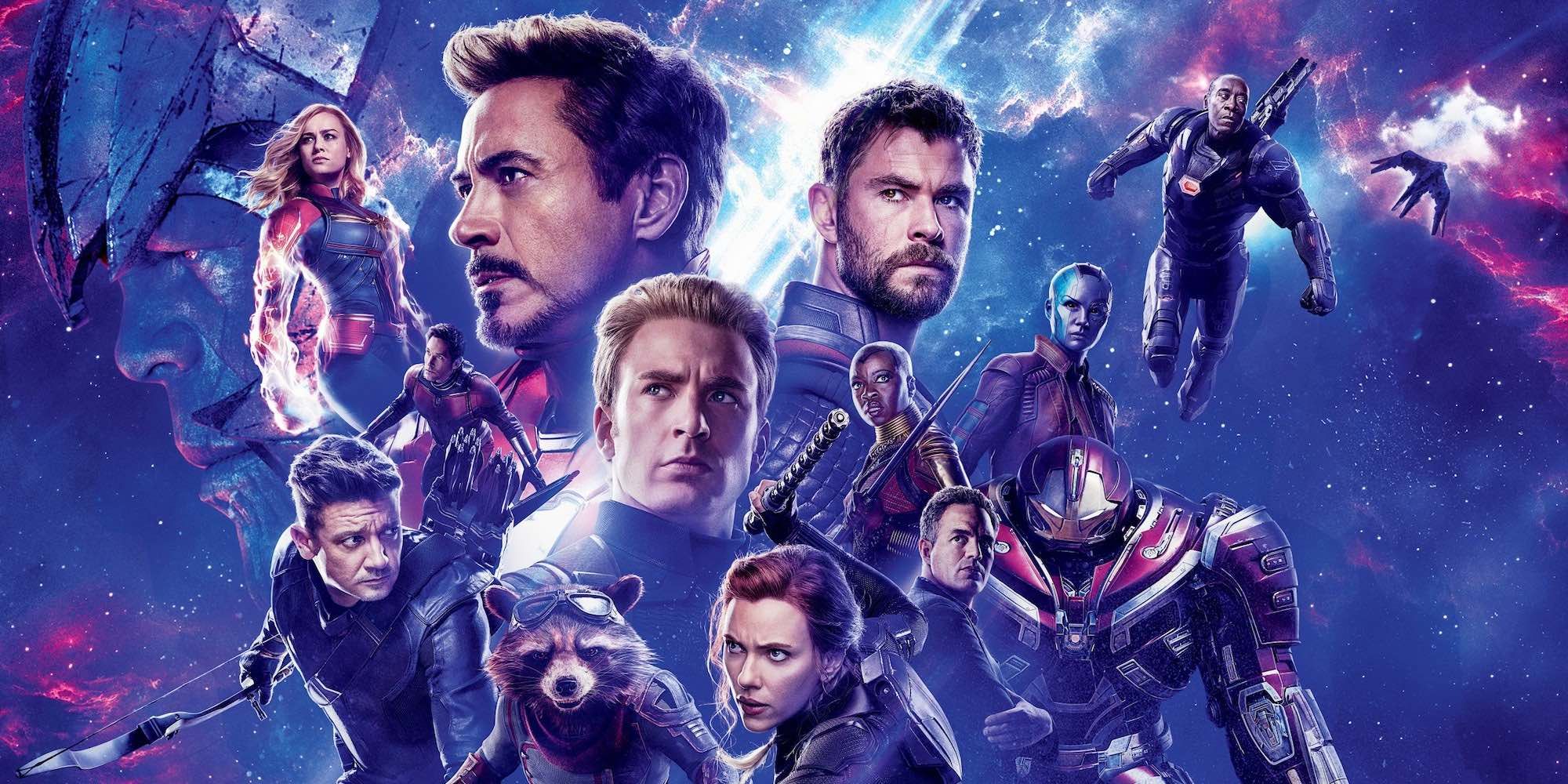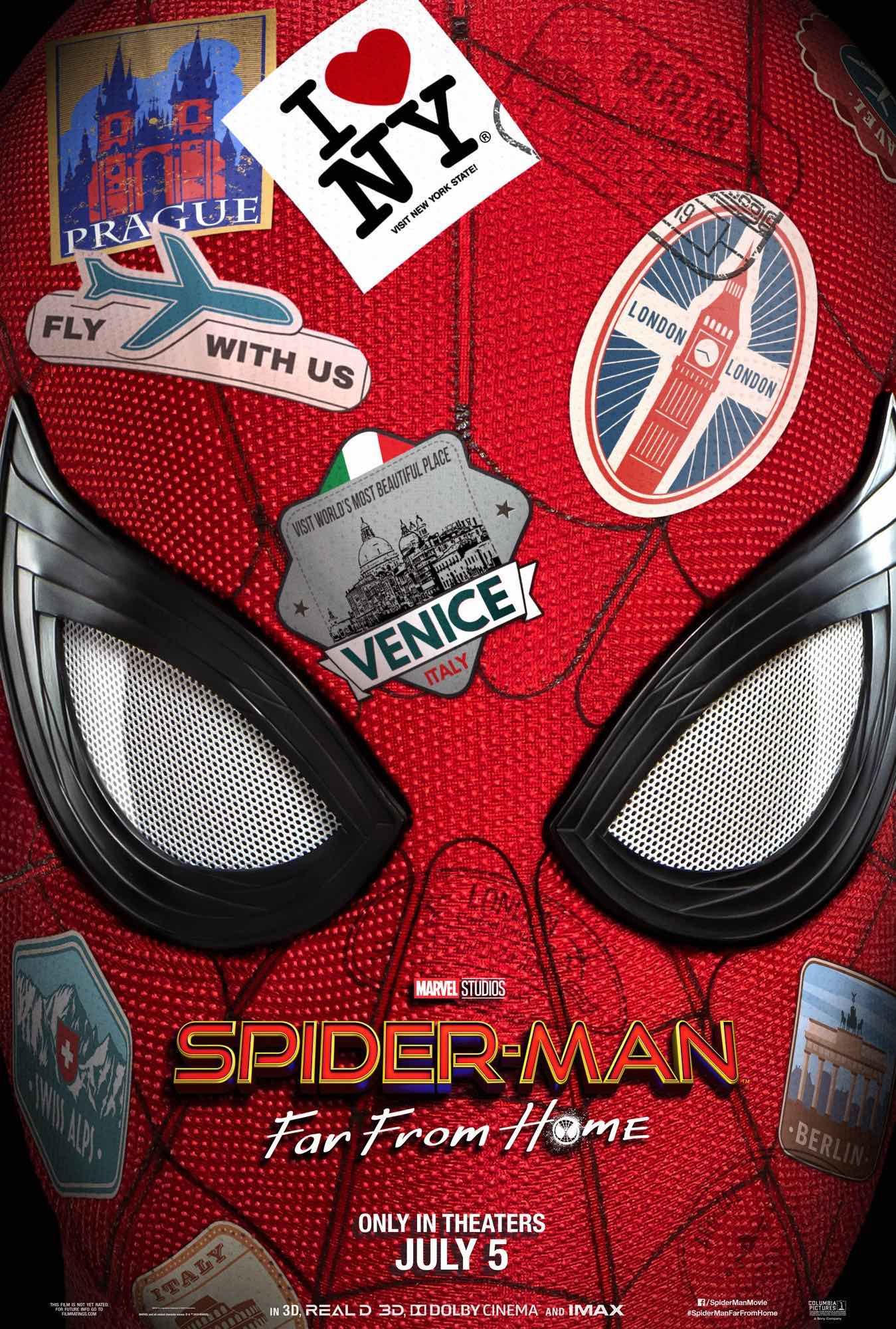Marvel's Phase 3 has been a tremendous success - but in narrative terms, it could have been improved significantly. Phase 3 of the MCU was the ultimate in serialized storytelling, with each movie taking its heroes one step closer to their final confrontation with Thanos. It's about to come to a head in Avengers: Endgame, and fans have been conducting rewatches of the MCU in order to celebrate the journey.
In hindsight, though, the truth is that Phase 3 wasn't entirely consistent. The ongoing narrative hopped through the timeline with impunity; 2017's Spider-Man: Homecoming was set a couple of months after Captain America: Civil War, and 2018's Black Panther just a week later. Tonally, Phase 3 ranged from the Oscar-winning drama of Black Panther to the slapstick superhero comedy of Thor: Ragnarok, and yet, oddly, that variation wasn't truly celebrated. The humor was concentrated in 2017, with Guardians of the Galaxy Vol. 2, Spider-Man: Homecoming, and Thor: Ragnarok all coming out in quick succession.
So, as a thought exercise, let's run through the MCU's Phase 3 and imagine an alternative order of release; one that works more effectively from a narrative sense, and that really does allow the MCU to embrace its potential.
2016 - Captain America: Civil War & Guardians of the Galaxy Vol. 2
Phase 3 kicked off with Captain America: Civil War, with the Avengers torn apart. This was a deliberate strategy, continuing the process of deconstruction that Marvel had begun when they had Steve Rogers tear down S.H.I.E.L.D. in Captain America: The Winter Soldier. This could only possibly happen at the beginning of Phase 3 - as it requires both Captain America and Iron Man in order to work - and it set the scene for everything that would follow. New heroes like Black Panther and Spider-Man were introduced ahead of their solo films, while Steve Rogers was sidelined for the next few years, forced to operate from the shadows. So Captain America: Civil War has to be a fixed point in all this, staying in 2016.
But from this point on, our proposed order begins to change, with Guardians of the Galaxy Vol. 2 releasing in 2016 as well. This could easily film concurrently with Captain America: Civil War, given there's no overlap between the cast of the two films. What's more, it wouldn't really push writer-director James Gunn too hard - he started writing the script within a month of the first one's release in 2014. In strategic terms, placing Guardians of the Galaxy Vol. 2 at this point stresses that Phase 3 shares the focus on the Earth-bound and the cosmic. It also spreads out the humor, preventing it all being concentrated in 2017.
2017 - Doctor Strange, Black Panther, & Spider-Man: Homecoming
The best 2017 slate would probably look very different to the one Marvel actually released. Doctor Strange would come first, pushed back by Guardians of the Galaxy Vol. 2. Again, this could easily be filming while Captain America: Civil War and Guardians of the Galaxy Vol. 2 were in production, given there's no overlap between the cast.
In this ideal scenario, it would then be followed by Black Panther, which would have started production as soon as Chadwick Boseman had finished up on Civil War. The two-year gap between Civil War and Black Panther had always seemed odd, given that closer releases would surely have maintained the hype more effectively. Furthermore, placing Black Panther here means there's a straightforward line of continuity between 2016 and 2017's films. One final advantage is that Marvel would be able to tell how well Black Panther was performing in the box office, potentially allowing them to adjust the script for Avengers: Infinity War a little to take advantage of it.
Finally, there's Spider-Man: Homecoming. It's reasonable to assume that the Marvel/Sony contract stipulated a 2017 release date, but Marvel would be smart to push it back towards the end of the year. Doing this would prevent issues further down the line; Marvel likes to retain the same kind of slot for all films within a franchise, and in 2019 the summer release of Spider-Man: Far From Home has been rather problematic, given how close it is to Avengers: Endgame.
Page 2 of 2: MCU's Phase 3 In 2018 & 2019
2018 - Thor: Ragnarok, Avengers: Infinity War, & Captain Marvel
That brings us to 2018, the 10-year anniversary of the MCU. In this ideal release schedule, Thor: Ragnarok would drop in February 2018, with its post-credits scene setting up Avengers: Infinity War. This would serve to avoid the film's continuity issues; although Ragnarok is ostensibly set in 2017 (the Hulk has been on Sakaar for two years), its post-credits scene is in 2018, mere moments before Thanos attacks the Asgardian refugees. In tonal terms, this means Ragnarok is moved away from the other more comedic movies, ensuring there's more diversity to the slate.
Avengers: Infinity War is one of the fixed points of this timeline. However, Marvel would have been wise to swap Ant-Man & the Wasp for Captain Marvel, in large part because the latter was set up by the post-credits scene of Avengers: Infinity War. Marvel would then have been free to use Brie Larson's Captain Marvel in their marketing for Avengers: Endgame.
2019 - Ant-Man & the Wasp, Avengers: Endgame, & Spider-Man: Far From Home
All this would mean that Ant-Man & the Wasp would release in February 2019. Structurally, this would mean both Avengers: Infinity War and Avengers: Endgame were preceded by more lighthearted films. It would also have a major advantage from a marketing perspective; Marvel has attempted to keep the plot of Endgame a closely-guarded secret, to the extent that all the trailers and TV spots only draw upon the first 20 minutes. There's abundant evidence that the plot involves time travel of some kind, and Ant-Man & the Wasp sets that up. In its post-credits scene, Scott Lang is stranded in the Quantum Realm, and his one way out may well be the mysterious "time vortexes" that Janet Van Dyne mentioned. By holding Ant-Man & the Wasp back for immediately before Avengers: Endgame, Marvel would ensure time travel speculation built up at just the right time. They'd be able to control the narrative just a little bit more.
Marvel Studios president Kevin Feige has recently noted that he considers Spider-Man: Far From Home to be the end of Phase 3 rather than the beginning of MCU's Phase 4, so it's worthy of mention here as well. Spider-Man: Far From Home is essentially an extended epilogue to Avengers: Endgame, set mere minutes afterwards. For all that's the case, though, pushing it back to a later release date would be a smart move. The narrow gap between Endgame and Far From Home has left Marvel and Sony in something of an awkward spot, wary of giving away too much in the trailers and TV spots simply because it would spoil Endgame. A later release would mean marketing for Far From Home would be at a much earlier stage.
-
All this isn't to say Phase 3 was a failure, of course; in truth, the MCU has been an unprecedented success, and Marvel deserves credit for successfully reinventing long-form storytelling for the big screen. But Phase 3 was a difficult challenge, in large part because it needed to wrap up everything that had happened in the MCU over the course of the last decade. Moreover, no sooner did Marvel firm up their plans than they reached an agreement that brought Spider-Man into the MCU, and had to switch things up. Given that's the case, it was always inevitable there'd be some issues.

